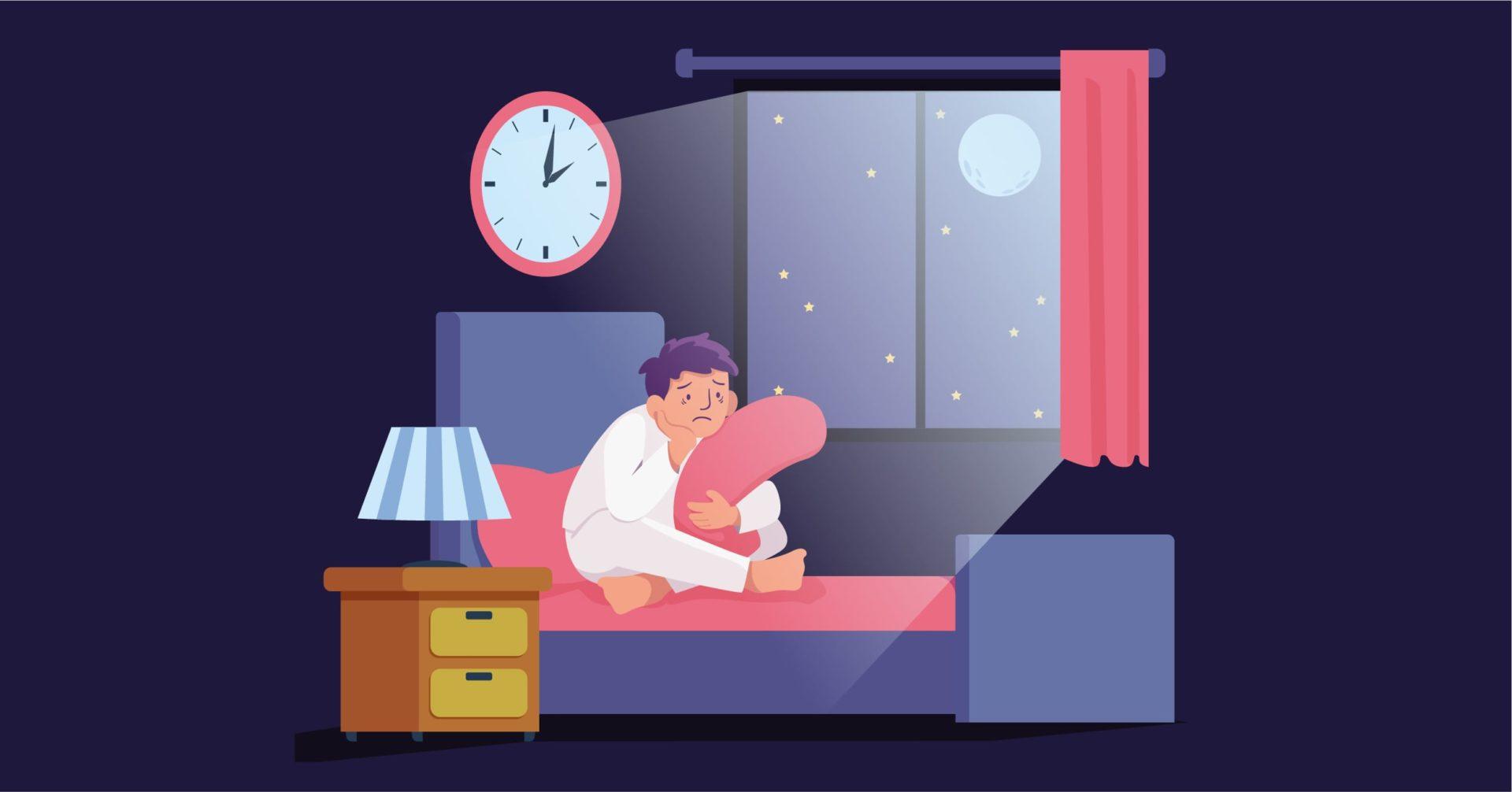Overview
Social Anxiety Disorder, also known as Social Phobia, is a type of anxiety disorder characterized by an intense fear of being in social situations, perpetuated by the belief that one would be negatively judged by others. These fears are often disproportionate to the likelihood of negative appraisal that may be received in these situations. While some individuals may fear all social situations, a sub-type of Social
Anxiety Disorder applies to individuals who may become excessively anxious when addressing a crowd, such as during public speaking or performances. The occurrence of the disorder can lead to significant functional impairment due to the avoidance of social scenarios, including school dropout, unemployment, decreased well-being, as well as significant social impairment.
There is generally a female preponderance in the prevalence of Social Anxiety Disorder, and the onset is typically around adolescence, though traits associated with the disorder may be observable in childhood as well. A complex aetiology of genetic factors, cognitive biases, temperamental factors, and the interaction of environmental factors is considered in conjunction with the disorder.
The treatment of Social Anxiety Disorder is based largely in therapeutic methods, namely Cognitive Behavioral Therapy. Other forms of psychotherapy, and pharmacologic approaches may also be used.
Signs and Symptoms
The signs and symptoms of Social Anxiety Disorder may include:
- Intense fear or anxiety in situations where one may be negatively evaluated
- In children, fear while interacting with peers
- Believing that one will be negatively judged in social situations, such as being thought of as weak, dirty, unlikable, stupid, and so on
- Fear of offending others
- Fear of exhibiting symptoms of anxiety such as sweating or trembling and being negatively judged
- Fear of being rejected
- Avoiding carrying out activities such as eating and drinking in public, shaking hands, public performances, discussing intimate topics and so on
- Fear of urinating in public bathrooms due to others being present
- Being excessively submissive in communication
- Rigid body posture
- Avoiding eye contact
- Speaking with an overly soft voice
- Disclosing less about themselves in conversation
- Tendency to seek jobs where little social interaction is required
- Self-isolating
Social Anxiety Disorder (Social Phobia) can have mental & physical implications.
Assess yourself today.
Risk Factors
According to epidemiological data, Social Anxiety Disorder generally presents with a female preponderance. A sex-based difference is also observed in manifested symptoms, with females experiencing higher levels of mood-related comorbidities, while males may present with a fear of dating, alcohol and substance use, as well as disruptive disorders. The disorder typically is associated with an early onset and may become apparent in early to middle adolescence.
A modest genetic influence has been identified in the occurrence of Social Anxiety Disorder. Close relatives of those with the disorder are more likely to be diagnosed with it, and children with Social Anxiety Disorders are more likely than their peers to have parents with the disorder. A significant heritability quotient has been demonstrated through studies.
Early temperamental styles have also often been part of the discussion related to the aetiology of Social Anxiety Disorder, with speculation that certain styles may mark a predisposition to the disorder. The construct of ‘behavioral inhibition’ is often considered in conjunction with Social Anxiety Disorder, which refers to a persistent restraint, caution, or shyness in new situations and among unfamiliar people. This behavior shares traits with neuroticism and introversion, and is often considered to be a possible precursor to the development of Social Anxiety Disorder.
A contribution of cognitive factors is also seen, with certain biases in thinking attributed to the development of the disorder. Individuals with the disorder maintain beliefs that others would judge them negatively and reject them, and also have the tendency to interpret vague stimuli in a negative rather than neutral manner. These negative cognitive biases may lead to awkward interactions, which may elicit poor responses from others, which further cement their negative expectations.
While there is a multiplicity of factors leading to predisposition to Social Anxiety Disorder, the determination of whether or not they lead to the occurrence of the disorder is also significantly dependent on environmental factors. Experiences of major life events, trauma, abuse, conflict, as well as parental styles and modelling can lead to a greater likelihood of the development of Social Anxiety Disorder. Parent-child interaction can also play a role in determining the occurrence of the disorder. Further, experiences in social settings, including negative experiences in relation to peer groups such as shaming or bullying can lead to the development of social phobia among individuals.
Comorbidities are often present in the case of Social Anxiety Disorder, especially along with anxiety disorders, major depressive disorder (often owing to long-term social isolation), and substance use disorder. Bipolar disorder and body dysmorphic disorder may also be present as comorbidities. High-functioning autism and selective mutism may be present among children.
Diagnosis
It is more likely for individuals with Social Anxiety Disorder to approach healthcare settings as a result of symptoms of a coexisting disorder, due to their tendency to avoid contact. Individuals may also be unaware that their behavior has pathological causation, and rather perceive their symptomatic behavior as a personal flaw. During the diagnostic process, individuals may find it distressing to interact with healthcare professionals and avoid questions.
It is important to carry out a thorough clinical assessment when the disorder is suspected, which can be a combination of screening questions based on diagnostic criteria and assessment measures constructed for the purpose of concluding clinical diagnoses. Most features of the disorder that overlap with other disorders can be differentiated in a clinical context with adequate experience.
After initial questioning, if the clinician suspects Social Anxiety Disorder, they may administer certain diagnostic scales such as the 3-item Mini-Social Phobia Inventory (Mini-SPIN), or ask further questions. Upon confirmation through either of the previous methods, a comprehensive assessment of the disorder and symptoms may be carried out with the help of available clinical guidelines and valid measures.
The DSM-5 includes the following criteria for diagnosis of Social Anxiety Disorder:
- Marked fear or anxiety about one or more social situations in which the individual is exposed to possible scrutiny by others. Examples include social interactions (e.g., having a conversation, meeting unfamiliar people), being observed (e.g., eating or drinking), and performing in front of others (e.g., giving a speech).
Note: In children, the anxiety must occur in peer settings and not just during interactions with adults.
- The individual fears that he or she will act in a way or show anxiety symptoms that will be negatively evaluated (i.e., will be humiliating or embarrassing: will lead to rejection or offend others).
- The social situations almost always provoke fear or anxiety.
Note: In children, the fear or anxiety may be expressed by crying, tantrums, freezing, clinging, shrinking, or failing to speak in social situations.
- The social situations are avoided or endured with intense fear or anxiety.
- The fear or anxiety is out of proportion to the actual threat posed by the social situation and to the sociocultural context.
- The fear, anxiety, or avoidance is persistent, typically lasting for 6 months or more.
- The fear, anxiety, or avoidance causes clinically significant distress or impairment in social, occupational, or other important areas of functioning.
- The fear, anxiety, or avoidance is not attributable to the physiological effects of a substance (e.g., a drug of abuse, a medication) or another medical condition.
- The fear, anxiety, or avoidance is not better explained by the symptoms of another mental disorder, such as panic disorder, body dysmorphic disorder, or autism spectrum disorder.
- If another medical condition (e.g., Parkinson’s disease, obesity, disfigurement from bums or injury) is present, the fear, anxiety, or avoidance is clearly unrelated or is excessive.
In cases where the individual experiences anxiety only in situations of public speaking or addressing crowds, and does not avoid non-performance social situations, a specification of “performance only” is made.
Treatment
In the case of Social Anxiety Disorder, psychotherapeutic approaches have shown high levels of efficacy. Pharmacological treatments may also be used, but are recommended to be used in conjunction with psychotherapy.
Cognitive Behavioral Therapy is the mainstay of therapeutic means used to treat Social Anxiety Disorder, and includes cognitive restructuring in order to achieve behavioral outcomes. Patients are encouraged to question their negative beliefs through logical reanalysis, leading to a change in their perceptions and thus, their behavior. Patients may also be encouraged to change the focus of their attention in order to improve self-image.
Other forms of psychosocial approaches include mindfulness-based stress reduction, short-term psychodynamic therapy, and interpersonal therapy. New frontiers of treatment have incorporated technological advancements into therapy, such as exposure therapy through the means of virtual reality in order to manage public speaking anxiety and other symptoms of Social Anxiety Disorder.
Pharmacological approaches have also proved helpful in alleviating symptoms of Social Anxiety Disorder. Most commonly, antidepressants are prescribed, though some studies also report the efficacy of anticonvulsants and benzodiazepines. However, in comparison to Cognitive Behavioral Therapy, medication may take longer to show effect, as well as be associated with some risk of side effects.
Specialist
Clinicians involved in diagnosing and assessing Social Anxiety Disorder are likely to be psychiatrists of clinical psychologists specializing in anxiety disorders. In terms of treatment, practitioners with adequate training in the elected mode of therapy, such as Cognitive Behavioral Therapy practitioners are involved
In Conclusion
Although taking medication and developing coping mechanisms in psychotherapy can help you build confidence and enhance your ability to communicate with others, a social anxiety disorder can be a persistent mental health issue.
Get assistance as soon as possible. Waiting to get treatment for anxiety, like many other mental health issues, might make it more difficult.
Start a journal. You and your mental health practitioner can determine what’s stressing you out and what seems to make you feel better by keeping track of your personal life.
Decide on your priorities. By carefully balancing your time and energy, you can lessen tension. Make sure to spend time engaging in activities you enjoy.
Book a session with us today.





